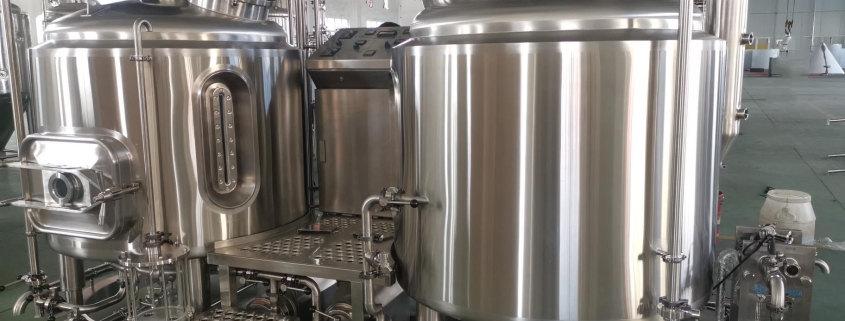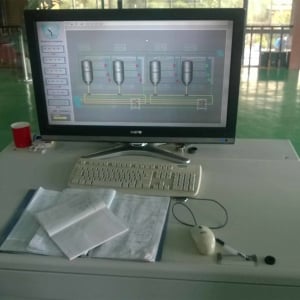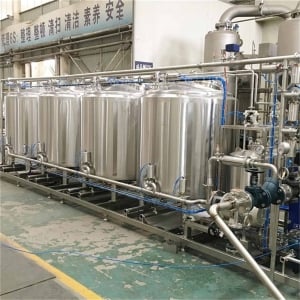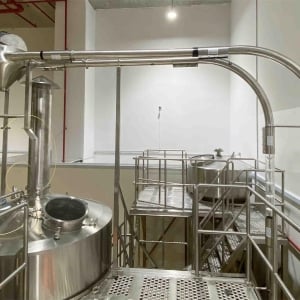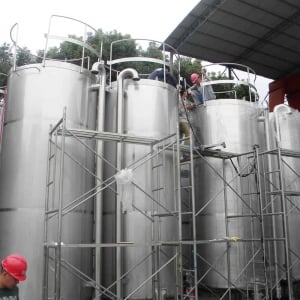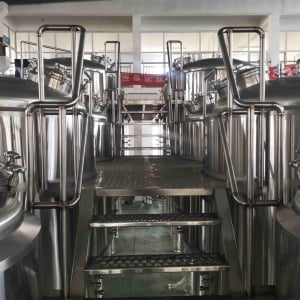15 BBL Brite Tank
A 15 BBL brite tank is a critical piece of brewery equipment used for fermentation and conditioning of beer before packaging. This guide provides a comprehensive overview of 15 BBL brite tanks including types, sizing, design considerations, suppliers, prices, installation, operation and maintenance.
Overview of 15 BBL Brite Tank
- Brite tanks, also known as bright beer tanks, serve the vital functions of clarifying, carbonating and storing beer after primary fermentation and before packaging
- 15 barrel (BBL) tanks have a capacity of around 465 gallons or 1760 liters
- Choosing the right size, number of vessels, layout and custom features is key for an efficient brewery workflow
- Prices range widely from $15,000 to $60,000+ based on material, quality and customization
- Proper installation, cleaning and maintenance ensures optimum performance and beer quality
Types of 15 BBL Brite Tanks
| Type | Details |
|---|---|
| Cylindroconical | Cone bottom with cylindrical upper vessel; efficient sedimentation |
| Vertical | Upright cylindrical vessel; moderate sedimentation |
| Horizontal | Cylindrical laid on side; less sedimentation |
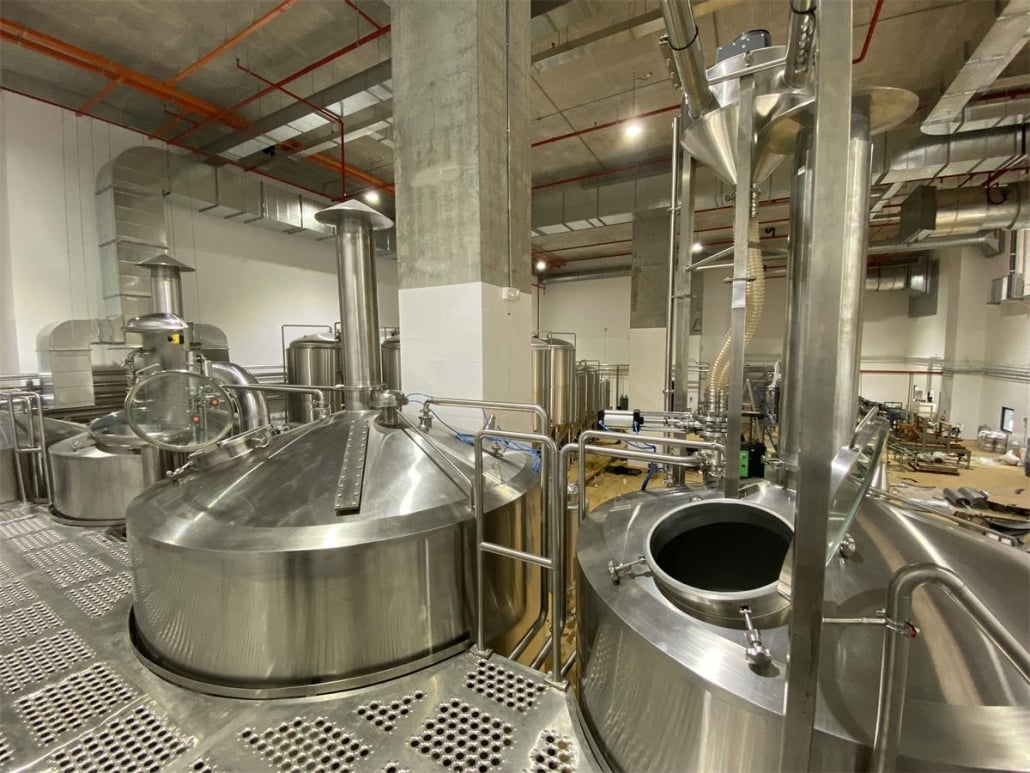
Design and Customization
| Parameter | Options |
|---|---|
| Material | Stainless steel (304, 316L), aluminum, fiberglass, plastic composite |
| Finish | Polished, brushed, electropolished, passivated |
| Features | Sight glass, sample valve, racking arm, temp indicators, sensors |
| Layout | Standalone, integrated bank, above/below fermenters |
| Dimensions | Diameter, height and footprint can be customized |
Sizing and Capacity
| Details | Specifications |
|---|---|
| Number of tanks | Based on batch size and production requirements |
| Total capacity | 15 BBL = 465 gallons = 1760 liters |
| Dimensions | e.g. 72″ diameter x 96″ height |
| Spacing | 18-24″ between standalone tanks |
Suppliers and Pricing
| Supplier | Price Range |
|---|---|
| JV Northwest | $15,000 – $25,000 |
| Stout Tanks | $18,000 – $38,000 |
| SS Brewtech | $22,000 – $60,000 |
| Maverick | $20,000 – $55,000 |
| Premier Stainless | $19,000 – $50,000 |
Price varies based on material used (stainless, aluminum etc), quality of construction, and customization. Get multiple quotes before deciding on a supplier.
Installation, Operation and Maintenance
| Parameter | Details |
|---|---|
| Installation | Leveling, plumbing, glycol if needed, electrical, test batches |
| Cleaning | CIP sprayballs,pbc, manual scrubbing |
| ** Safety** | Pressure relief valves, guards |
| Maintenance | Inspections, leak checks, lubrication |
| Monitoring | Temp, pH, DO sensors; control system |
Proper installation, cleaning and preventative maintenance is vital for safety, performance and beer quality.
How to Select a Bright Tank Supplier
Important criteria when selecting a brite tank supplier include:
- Experience and reputation
- Quality of tanks – material, welds, finish
- Customization and layout options
- Lead time and shipping
- Staff support and responsiveness
- Installation services offered
- Warranties and maintenance/repair capabilities
- Local suppliers preferred for support
- Client references and testimonials
- Competitive pricing
Get quotes from 3+ suppliers before deciding. Review sample contracts carefully on pricing, timelines, contingencies etc.
Pros and Cons of 15 BBL Tanks
| Pros | Cons |
|---|---|
| Optimized clarification and yeast sedimentation | Higher capital investment than fermenters |
| Flexible conditioning and carbonation options | Additional floorspace required |
| Bright stainless tanks improve cold room aesthetics | Need glycol/refrigeration systems |
| Independent scaling of brite and fermentation capacities | Cleaning can be labor intensive |
| Allows uninterrupted packaging workflow |
15 BBL brite tanks require higher capital expenditure but allow proper beer clarification and flexible packaging workflow.
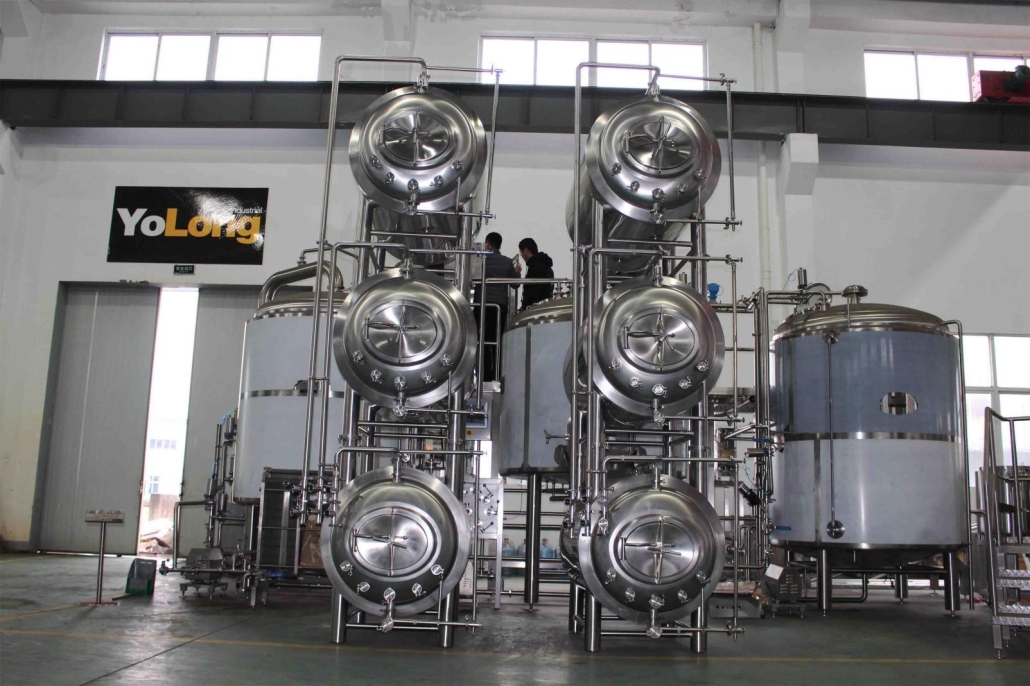
FAQs
Q: How many 15 BBL bright tanks are ideal for a 30 BBL brewhouse?
A: A good rule of thumb is to have total brite tank capacity equal to 1 to 1.5 times weekly brewing capacity. For a 30 BBL brewhouse, 4 to 6 units of 15 BBL brite tanks is ideal.
Q: Should brite tanks be horizontal or vertical?
A: Vertical tanks provide better sedimentation but take up more floorspace. Horizontal tanks can save space but circulation is not as efficient. Choose based on layout, footprint and budget considerations.
Q: What temperature are brite tanks typically held at?
A: For ales, brite tank temperature is maintained between 32-40°F during crash cooling, conditioning and carbonation before packaging. Lagers require colder 26-32°F temperatures.
Q: What is the difference between uni and bi-directional agitation?
A: Uni-directional agitation moves liquid in one circular direction for gentle mixing. Bi-directional reversing agitation provides more vigorous mixing for yeast suspension and special batches.

